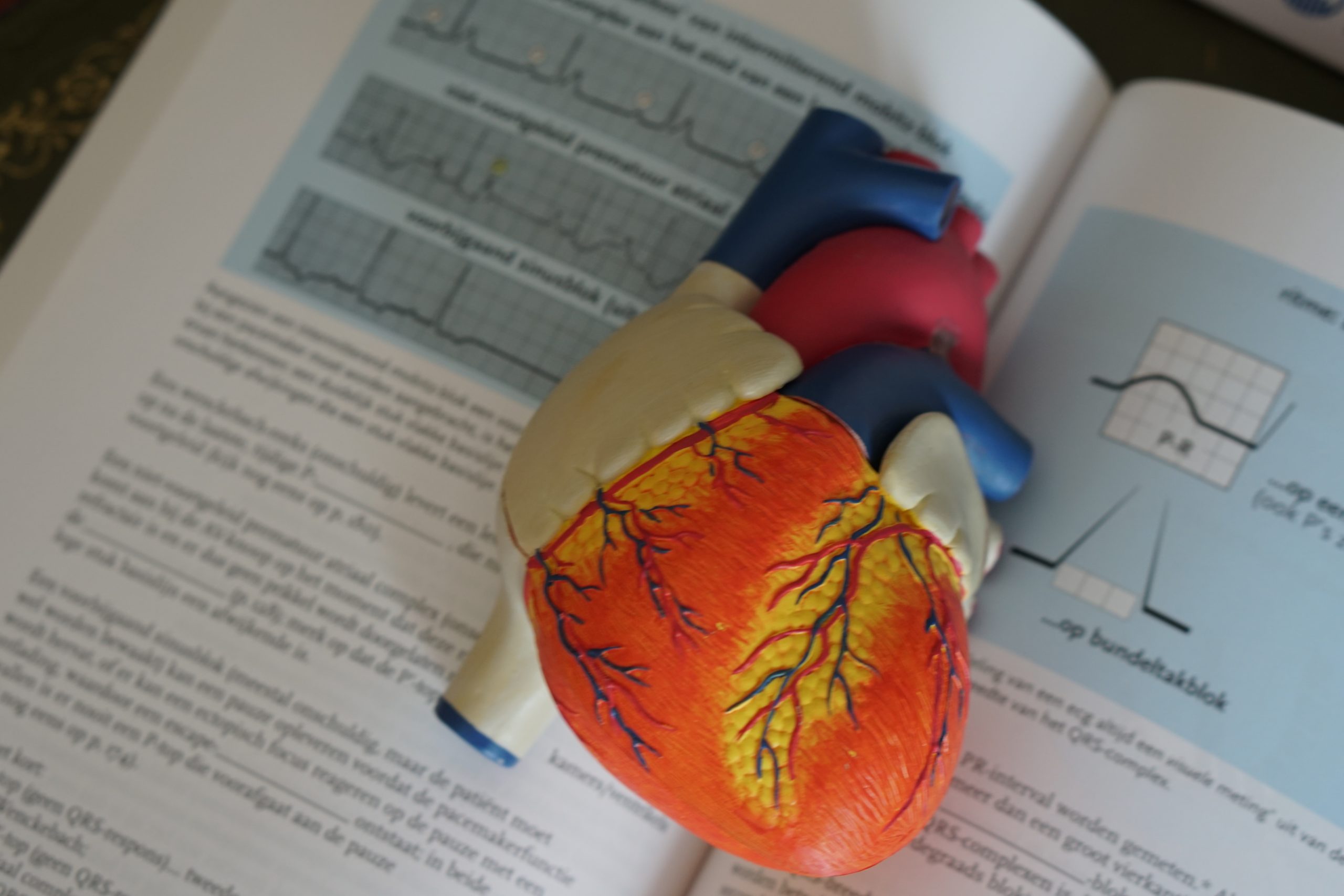Cholesterol is a necessary component in all of our bodies. It is a waxy substance that is necessary to create cells and is an essential building block for cell membranes. It helps to produce hormones, vitamin D and substances that work to digest fatty foods. But, too much cholesterol can be a bad thing. The liver makes all the cholesterol we need, and we derive the remainder of our cholesterol from animal fats found in foods. We’ve all heard about “good” HDL cholesterol versus “bad” LDL cholesterol. Low-density lipoprotein, or LDL cholesterol is the “bad” cholesterol and it causes fatty buildups in arteries which narrows them and increases the chance of heart attack, stroke and artery disease.
How is good cholesterol?
High-density lipoprotein, or HDL cholesterol is the “good” cholesterol and actually benefits us as it seeks out the LDL (bad) cholesterol and takes it away from the arteries and back to the liver, where it is broken down and passed from the body. But only one-third to one-fourth of LDL cholesterol is carried by HDL. A healthy HDL level may protect against heart attack and stroke. Risk factors such as genes, Type 2 diabetes, smoking, being overweight and lack of physical activity can all lower HDL cholesterol. Women tend to have higher HDL cholesterol levels than men.
Triglycerides are the most common type of fat in the body. They store excess energy from your diet. High triglyceride levels mixed with high LDL cholesterol or low HDL cholesterol is a recipe for fatty buildups within the artery walls, which increases the risk of heart attack and stroke.
Normal triglyceride levels vary by age and sex. People with high triglycerides often have a high total cholesterol level, including a high LDL (bad) cholesterol level and a low HDL (good) cholesterol level. Many people with heart disease or diabetes also have high triglyceride levels.
Several risk factors can help to contribute to higher triglyceride levels such as obesity, physical inactivity, smoking, alcohol use and a high carbohydrate diet. Other diseases or genetic conditions can also spike triglyceride levels.
What can you do?
Luckily, improving cholesterol levels can be accomplished by improving and changing lifestyle behaviors. A diet with low levels of bad cholesterol and high levels of good cholesterol can help improve heart health. Fat intake affects this balance because fatty acids bind to liver cells and regulate the production of cholesterol. Some of the worst offenders are fatty meats and full-fat dairy products as well as partially hydrogenated vegetable oil. Manufacturers normally use an artificial process called hydrogenation to produce margarines and store-bought cookies, crackers and cakes. Fried food, baked goods and packaged foods often contain trans fats. You should avoid these foods whenever possible.
Adding other foods can actually boost good cholesterol levels and reduce bad cholesterol. Foods high in soluble fiber can reduce the absorption of cholesterol into your bloodstream and is found in foods like kidney beans, oatmeal, Brussels sprouts, apples and pears. Foods high in omega-3 fatty acids such as salmon, walnuts and flaxseeds are also beneficial.
Regular exercise, quitting smoking and drinking alcohol in moderation are also ways to improve cholesterol levels. Visit with your doctor or health care provider to have your cholesterol levels checked and talk with them about your heart health and cardiovascular disease risk.
BEST AND WORST FOODS FOR CHOLESTEROL LEVELS
Best:
- Colorful fruits and vegetables: Berries, oranges, apples, yams, broccoli, spinach, and bell peppers
- Whole grains: Oats, quinoa, barley, and whole wheat.
- Lean cuts of protein: Chicken or turkey breast.
- Protein-rich beans: Soy, garbanzo or kidney beans.
- Nuts and seeds
- Low or reduced fat dairy products
- Omega-3 rich foods: Salmon, tuna, walnuts and ground flaxseed
- Olive oil
Worst:
- Commercial baked goods: Crackers and cookies
- Fried Foods
- Fast Food
- Processed and fatty cuts of meat: Meats should have at least 90 percent lean meat

